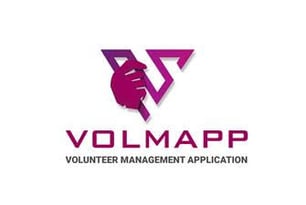 Governments worldwide are engaged in large-scale digital transformation projects to change the way they operate and deliver better services to citizens less expensively and more effectively. But the dirty truth is this: Most government digital transformation projects fail. So concludes research from the Boston Consulting Group (BCG), which found, “Seventy percent to eighty percent of public-sector core-system modernizations either fail outright or are disappointments: they have budget overruns, missed deadlines, or fail to deliver expected functionality.”
Governments worldwide are engaged in large-scale digital transformation projects to change the way they operate and deliver better services to citizens less expensively and more effectively. But the dirty truth is this: Most government digital transformation projects fail. So concludes research from the Boston Consulting Group (BCG), which found, “Seventy percent to eighty percent of public-sector core-system modernizations either fail outright or are disappointments: they have budget overruns, missed deadlines, or fail to deliver expected functionality.”
The group says things needn’t be that way, and offers a solid set of recommendations for helping the transformations succeed in its blog post, “How Governments Can Get Technology Transformations Right.”
Government spending on IT projects is still rising, with some of the biggest efforts costing close to $1 billion. But recent research from BCG shows that many of these projects don’t hit the mark. In fact, more than two-thirds run over budget, miss deadlines, or fail to deliver what was promised. The good news? Agencies with strong digital and AI strategies are seeing better results. They’re finishing projects faster, more efficiently, and getting more value out of them—especially when using newer tools like generative AI. (BCG: "Generative AI for the Public Sector - The Journey to Scale")
The primary roadblock to successful projects is the disconnect between the expectations of the public and the outdated systems governments need to modernize. The blog notes, “increasing numbers of citizens expect to conduct business with government using their mobile devices in a way that is as simple as downloading a song from iTunes or buying a product from Amazon.com. Many government systems, however, were developed decades ago and are limited in their ability to support new digital user interfaces and tools.”
Making the problem worse: those core systems are inflexible and there’s a skills shortage of people who can work with the outdated systems. In addition, government is more risk-averse than the public sector and less willing to take on risky projects that may have big payoffs.
How Can Governments Succeed at Digital Transformation?
Given all that, what can governments do to succeed at digital transformation? BCG says first, projects need to focus on transforming the way that governments work, not just the underlying technology. The group says, “This might include finding new processes to meet the needs of the department and citizens, segmenting citizens and tailoring services to the resulting citizen groups, or tying together services that are delivered through various agencies to provide more integrated services.”
Next, the system design and execution needs to be flexible. The group recommends, “Design and deliver in small blocks…regularly adapt plans to maximize business value on the basis of lessons learned.” The right delivery approach and partners also need to be chosen carefully. And finally, BCG recommends, “Overinvest in the right people and capabilities from day one.”
What’s the Best Tool for Governmental Digital Transformation?
Alpha TransForm can help speeding up government digital transformation. It offers tools that lets existing staff build business apps much more quickly and effectively and enables savvy business domain experts and IT departments to work together to digitize business processes and deliver tangible business impact. It also simultaneously enables IT to control data integration with systems of record, and data security compliance.







Comment